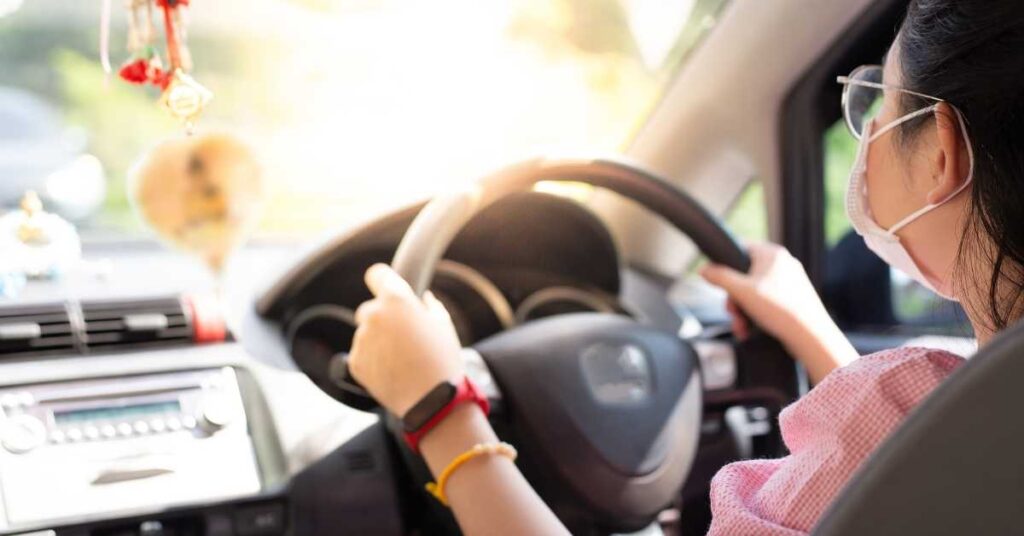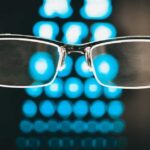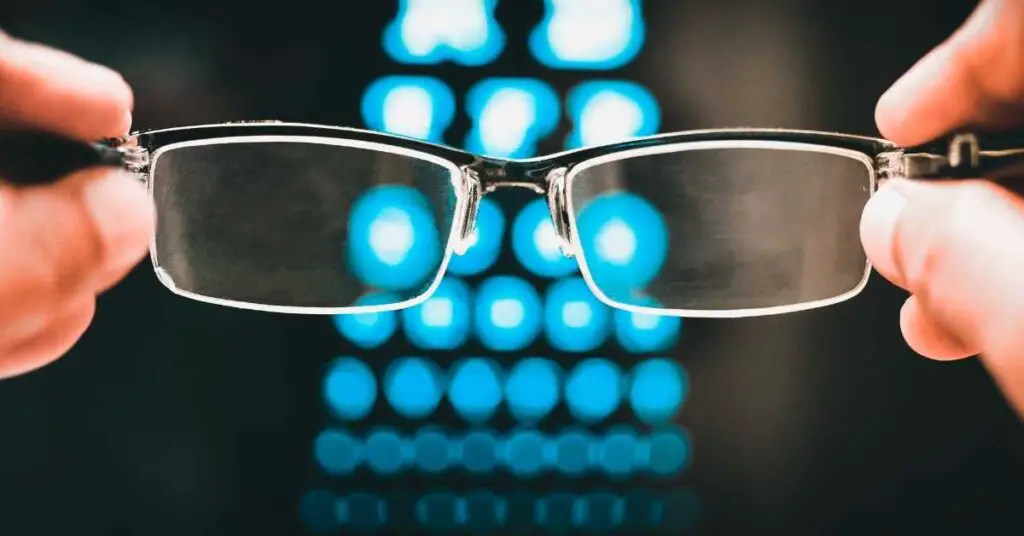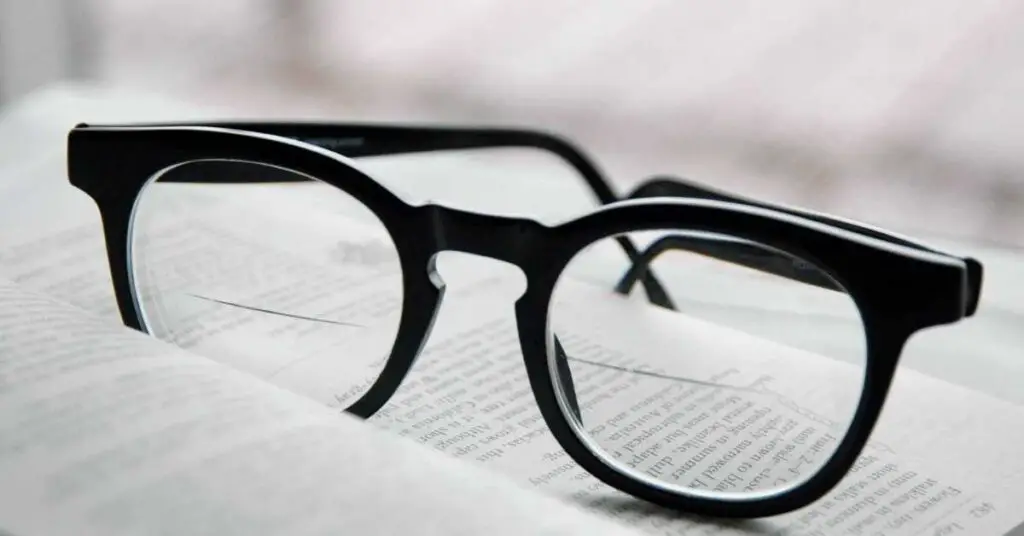Among the many challenges of getting older is the gradual deterioration of eyesight. For many people, this process begins in their 40s or 50s, when they start to notice that they need a little extra help to read fine print. While most people simply buy a pair of reading glasses, others wonder if they can use them for driving as well. The short answer is that it is usually not a good idea to use reading glasses for driving. If you are starting to experience vision problems, it is important to consult an eye doctor to discuss your options. In most cases, you will need a pair of prescription glasses or contact lenses specifically for driving.
Can you use reading glasses for driving? No, it’s not recommended.
Reading glasses are designed to correct for presbyopia, which is a condition where the eye cannot focus properly on near objects. While this can make reading street signs and other close-up objects easier, it can actually make it more difficult to see distant objects clearly. For this reason, it’s best to stick to regular eyeglasses or contact lenses when behind the wheel.
How presbyopia affects driving
As we age, it’s not just our vision that changes – the lens inside our eyes becomes less flexible, making it more difficult to focus on objects that are close up. This condition is called presbyopia, and it can affect our ability to drive.
While most people don’t start to experience presbyopia until they’re in their 40s or 50s, it can make driving more challenging. It can be difficult to see things clearly when they’re closeup, like the gauges on the dash or the buttons on the radio. And if you wear glasses or contact lenses for distance vision, you may need to switch to a stronger prescription or get bifocals in order to see things clearly both up close and far away.
There are some simple steps you can take to make driving with presbyopia easier. Make sure your prescription is up to date and that your glasses or contacts are clean. If you have difficulty seeing at night, try using brighter headlights or add an anti-glare visor to your windshield. And be sure to take regular breaks when driving so you can rest your eyes. With a little bit of adjustment, you can continue driving safely even if you have presbyopia.
Why you should not use reading glasses for driving?
There are several reasons why you should not use reading glasses while driving.
- First of all, reading glasses are designed to be used at close range, while driving requires good vision at a distance.
- Secondly, reading glasses typically have a narrow field of view, which can make it difficult to see other cars or obstacles on the road.
- Finally, wearing reading glasses while driving can be uncomfortable and distracting. For these reasons, it’s best to leave your reading glasses at home when you get behind the wheel.
The disadvantages of using reading glasses for driving
While it is technically possible to use reading glasses for driving, there are several disadvantages that make it not a good idea.
First of all, reading glasses are designed to be used at close range, while driving requires good vision at a distance. This can make it difficult to see things like street signs and other cars on the road.
Secondly, reading glasses typically have a narrow field of view, which can make it difficult to see other cars or obstacles on the road.
Finally, wearing reading glasses while driving can be uncomfortable and distracting. For these reasons, it’s best to leave your reading glasses at home when you get behind the wheel.
If you are starting to experience vision problems, it is important to consult an eye doctor to discuss your options. In most cases, you will need a pair of prescription glasses or contact lenses specifically for driving.
Alternatives to reading glasses for driving
If you’re having eye trouble, it’s crucial to speak with an optometrist about potential solutions. For driving, this generally means prescription glasses or contact lenses.
There are a few different types of glasses that can be helpful for people with vision problems. For example, bi-focals have two different lens powers in one frame, which can be helpful for people who need correction for both near and far vision.
Progressive lenses are another type of lens that can be helpful for people with vision problems. These lenses gradually change in power from the top to the bottom of the lens, which can provide a wider field of view than traditional bifocals.
Finally, photochromic lenses are a type of lens that gets darker in sunlight. These can be helpful for people who have trouble seeing in both bright and low light conditions.
If you are having difficulty seeing while driving, it is important to talk to your eye doctor about the best option for you. In most cases, traditional reading glasses will not be the best solution.
How to get a driver’s license if you need glasses
If you need glasses in order to see clearly, you will need to get a prescription from an eye doctor in order to obtain a driver’s license. The good news is that you do not necessarily need to wear glasses all the time while driving – most states allow you to use contact lenses while operating a vehicle. However, you will need to have your glasses with you when you take the written and practical exams at the DMV.
Be sure to bring along your prescription and proof of insurance when you go to take your test. With a little bit of preparation, you can easily obtain your driver’s license even if you need glasses.
Wearing reading glasses while driving can be distracting and dangerous. If you need vision correction, consult an eye doctor to get a prescription for glasses or contact lenses specifically for driving. With a little bit of preparation, you can easily obtain your driver’s license even if you need glasses.
What to do if you’re pulled over and can’t see well enough to drive
If you’re pulled over and can’t see well enough to drive, the best thing to do is to stay in your car and turn on your hazard lights. This will let the officer know that you’re aware of their presence and that you’re not trying to flee the scene. If possible, roll down your window so that the officer can see your hands and know that you’re not reaching for a weapon.
Once the officer has approached your car, politely explain that you have a vision condition that makes it difficult to see at night. Ask if there’s anything you can do to make the situation safer, such as turning on your interior light or opening your door so that the officer can see inside the car. If the officer is unwilling to work with you, politely ask if you can call a tow truck or someone else to come pick up your car. In most cases, the officer will be happy to give you a ride home or help you find another way to get where you need to go.
Bottom line
While it is technically possible to wear reading glasses while driving, it is not recommended. Reading glasses are designed to help you see up close, but they can actually make it more difficult to see distant objects clearly. This can be a problem when you’re trying to focus on the road ahead. In addition, reading glasses can slip down your nose when you’re looking up at the windshield, which can be dangerous if you’re trying to avoid an obstacle. For these reasons, it’s best to stick to regular glasses or contacts when behind the wheel.












